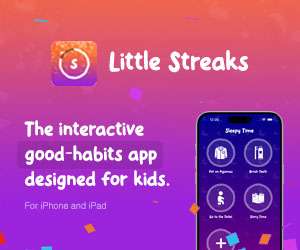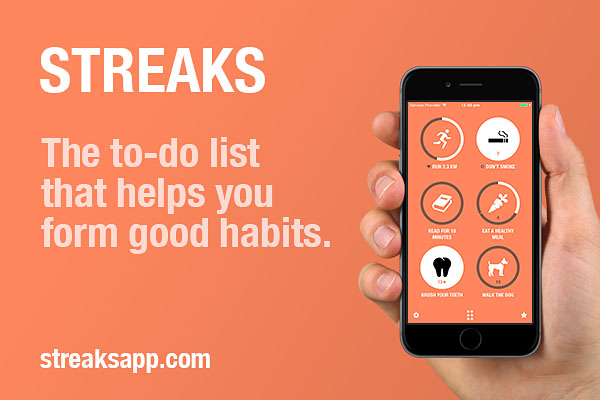I'll risk exposing my ignorance on this and put in my 2 penny worth. I think it's worth doing because I think I'm the sort of outside-looking-in fan that the league would like to get coming along to games. I played a little basketball in the past (6 or 7 seasons) but only socially and I'm pretty rubbish as a player. I've played and refereed similar court sports (to national level) but not basketball.
I used to be a 36ers season ticket holder, from 1985 to 1998 and dropped it for several reasons - young family, the move to a summer season some frustration with the NBL product. I still go to 2-3 games a season. This makes me part of the generation of people who were attracted to the NBL through the mid 1980s to mid 1990s period of growth and who subsequently stopped going to NBL games from the mid 1990s.
I have always had issues with the standard of refereeing but one of the reasons behind my loss of interest in going to NBL games was that the standard of the players and coaching had improved substantially but the standard of refereeing had not kept pace with that. I felt it had reached the point where the rate of mistakes by referees had far exceeded the rate of mistakes by players.
The couple of games I've seen each year since and particularly this year led me to think that the standard has fallen even further. When my son has asked me why some contact was being called a foul and other contact was not, I couldn't explain how either the umpire might not have seen one contact or might have seen it differently to the other.
In contrast, when we went to a few SANFL games (again 2-3) this season, I was quite comfortable explaining to him what might have led to similar disparities in umpiring decisions through the football games. It was easy to spot when none of the umpires could see the holding or pushing or to use my basic knowledge of the rules (I was a social footballer too and not an umpire) to explain why the umpire saw one situation differently to the other.
To my mind, this underlines a problem with attractiveness of NBL to new fans who aren't die hard basketball addicts. Either the referees are mostly really bad or the interpretation guidelines they have to follow are making it really hard for the audience to understand their decisions. Either way, there's a problem with the product for people who are making discretionary decisions about whether to go to NBL or soccer or football or just to stay home and watch RockWiz. If you know that going week after week will just lead to a build-up of frustration, you'll limit your exposure, as I've chosen to.
As to solutions, perhaps that's part of the plan for the new NBL - lots of money to pay refs at NBL level will provide a mechanism, for making refereeing a career path of value. That should attract more refs to the sport and put pressure on the top level to perform better as there will be more aspirants for their jobs. That then needs to be coupled with a transparent system of referee performance assessment and review. Transparent to refs, clubs and fans. e.g., a panel reviewing refs' performance each round, providing feedback to the refs themselves and to whatever NBL rules' committee is in place, standing down refs when they have done really poorly (you know, like a player getting anchored to the bench after a bad game), reporting of when they've been stood down (like we all now know why Winitana got no game time last week), reporting of rules' or interpretations' issues and how they've been addressed. I don't know if any of this happens now. If it does, then either it supports my point about transparency or I just haven't happened across the NBL press releases about it.






